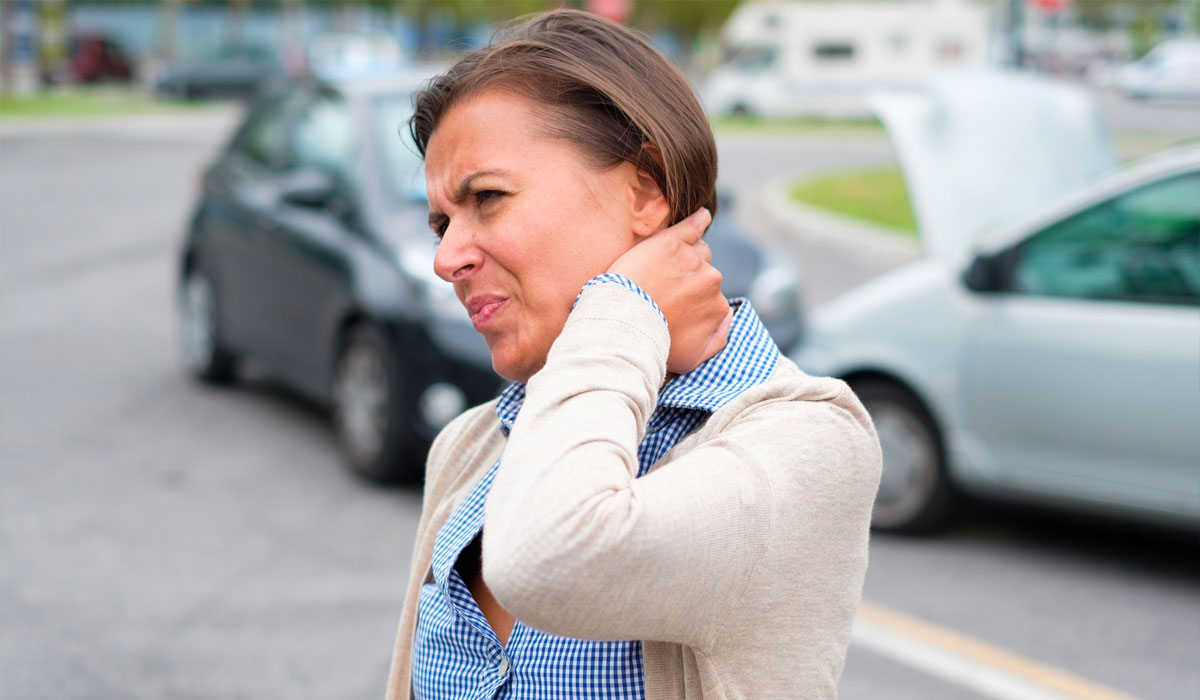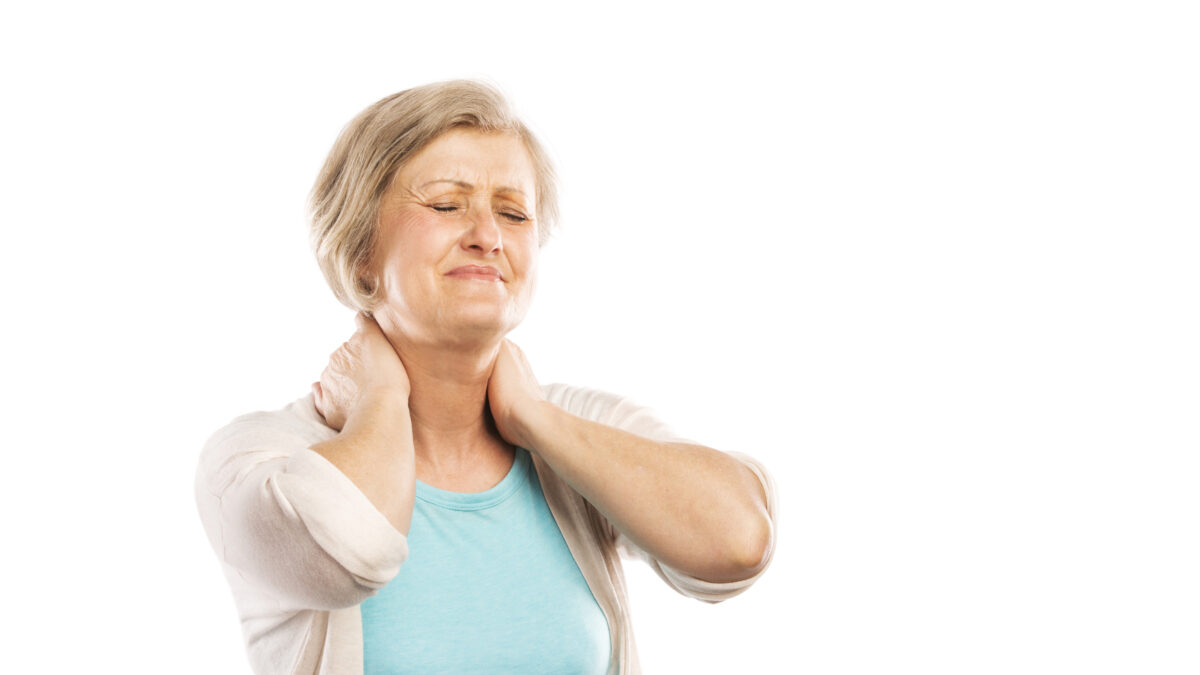
How to Prevent, Manage, and Treat Whiplash After an Auto Accident
February 21, 2020
Should You Get Massage For Your Whiplash Injury?
March 11, 2020
Risk Factors for Chronic Whiplash
Here are the risk factors that increase someone's likelihood of injury. So if Lucy, and Megan where in the exact same collision and Megan was not prepared for the impact then she would be more injured.
These risk factors explains why some people are “walk away” after an auto accident and others are taken by the ambulance. These risk factors are taken from the research summered in the textbook "Whiplash and Mild Traumatic Brain Injuries" by Arthur C. Croft, PhD, DC, MSc, MPH. It is common to think that a minor car accident should result in no injuries.
Researches have been trying to establish the “threshold of injury” for car accidents, but to date no such conclusion can be made. You do not get injured from the bending of metal or braking of plastic but from how quickly you are thrown around in the car.

You do not get injured from the bending of metal or braking of plastic but from how quickly you are thrown around in the car.
- Female sex (119,1160,1276,1290,1345,1473,1501,1514,1560,1561,1576,1585).
- Rear vector impact vs. other vectors (1276,1473,1576).
- Body mass index in females only (1240).
- Immediate/early onset of symptoms (i.e., within 12 hours) and/or more severe initial symptoms (201,243,386,797,799,1160,1586).
- Ligamentous instability.
- Initial back pain (799).
- Initial decreased cervical spine ROM (females only) (1473,1576).
- Initial upper back pain (1525).
- Initial upper extremity numbness or weakness (1473,1525,1576) or pain (1586).
- Greater subjective cognitive impairment (386,797).
- Greater number of initial symptoms (386,1525,1560).
- Greater severity or frequency of initial symptoms (1525).
- High initial pain intensity (1560).
- Use of seat belt shoulder harness (125,1154)*. For neck (not back) pain (1240); non-use had a protective effect.
- Initial physical findings of limited range of motion (242,1292,1560).
- Neck pain on palpation (1454).
- Muscle pain (1454).
- Disturbed vision (1525).
- Initial sleep disturbance or fatigue (1525).
- Initial neurological symptoms; radiating pain into upper extremities (242,1454,1576).
- Past history of neck pain (243) or headache (797).
- Headache (1454).
- Initial degenerative changes seen on radiographs (136,242,243,249,1473,1576).
- Foraminal stenosis (cervical) (1473).
- Loss or reversal of cervical lordosis (455).
- Increasing age (i.e., middle age and beyond) 243,386,799,1240,1290,1329,1501, 1560).
- Front seat position (243); driver seat vs. passenger seat for females (1514).
- Rear seat position (1585).
- Occupants of vehicles manufactured in the late 1980s to early 1990s (OR=2.7 vs those in early 1980s vehicles) (1276,1501). This is relevant for rear impact crashes only. Other data suggest this relationship holds for all 1990s vehicles.
- Initial generalized sensory hyperalgesia (1561).
- Head rotation at impact (1576); both frontal and rear crashes (1473).
- Non-awareness of impending impact (197,225).


